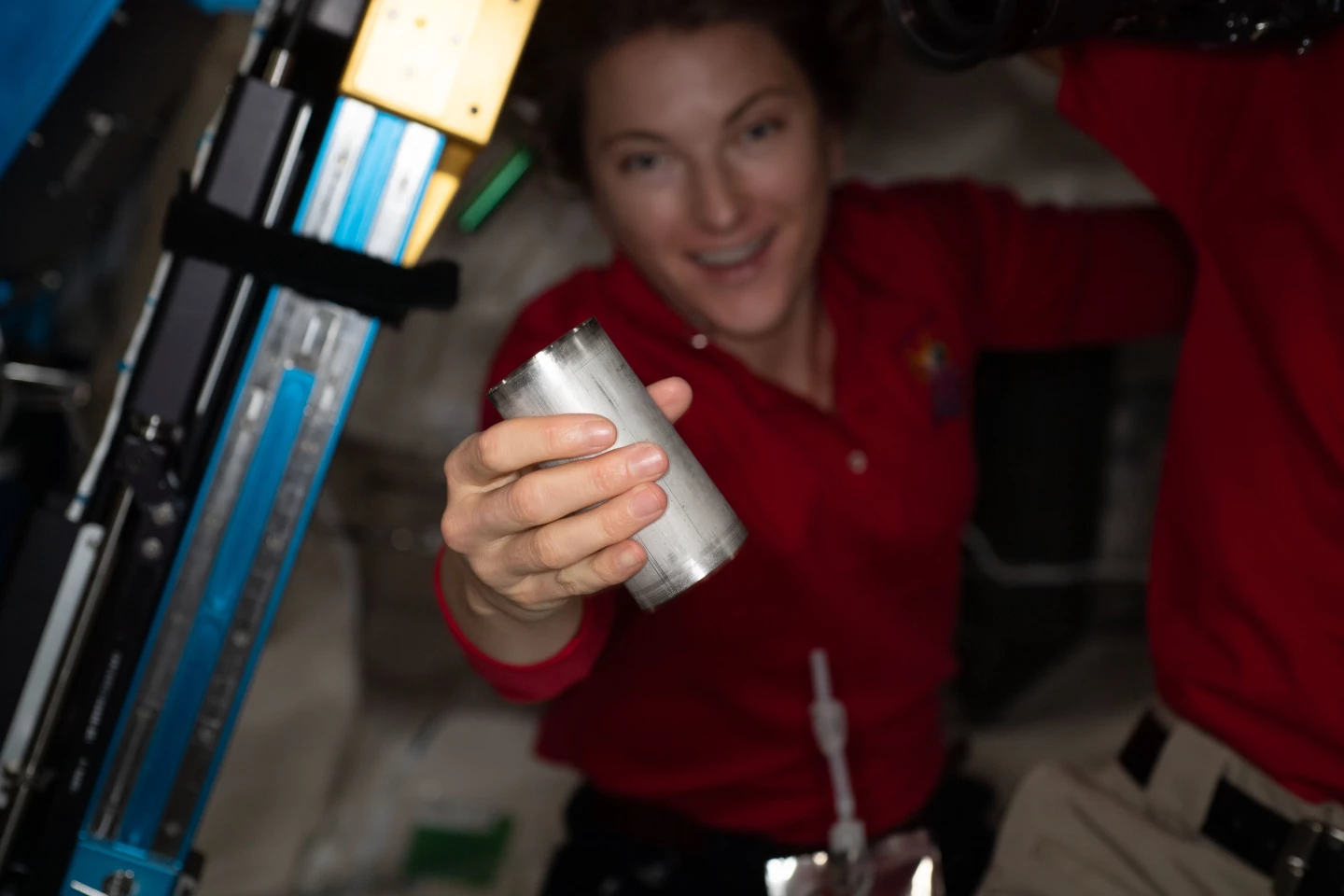Astronauts on interplanetary missions will be a bit less thirsty after a new NASA system succeeded at reclaiming 98% of waste water aboard the International Space Station (ISS) by converting things like urine into a drinkable state.
Future crewed deep space missions that will last months or even years will be very different from any that have come before. Until now, astronauts have either carried their own supplies along or relied on regular visits from cargo ships. As to waste products, these were simply disposed of in a variety of ways. Unfortunately, deep space missions don't have that luxury.
A mission to Mars, for example, could last two years. That's a lot of water to take along at a gallon (3.8 L) per person per day. If the spacecraft has a crew of four, that comes out to about nine tonnes of water at a minimum. It also ends up as tonnes of pee.

The ideal craft would be essentially self-sufficient with the ability to recycle air and water as well as growing its own food like a closed ecosystem. As the first step toward this, NASA has been testing the water recovery components of its Environmental Control and Life Support System (ECLSS) aboard the ISS.
Consisting of a Water Recovery System, a Water Processor Assembly (WPA), a Urine Processor Assembly (UPA), and the Brine Processor Assembly (BPA), the ECLSS recovers and reprocesses water on the space station through a series of steps, from urine as well as crew breath and sweat that accumulates in the air, and then purifies it into drinking water.
Collecting water from the air is relatively simple by means of an advanced dehumidifier system. However, urine is a bit dodgier to deal with. The UPA removes most of the water by means of vacuum distillation that leaves behind a urine brine that's as disgusting as it sounds. This goes to the BPA, which uses special membrane technology and blows warm, dry air over the brine to evaporate the water, which is reclaimed in the same way as water from breath.

The recovered water is then passed through a series of filters and a catalytic reactor to break down contaminants as sensors check for purity before iodine is added to kill off any microbes present.
The result is a 98% recovery rate. This can be accomplished on Earth, but the ECLSS can do the same thing in zero gravity. However, there is still a problem that might be called consumer resistance that NASA has tried to address.
"The processing is fundamentally similar to some terrestrial water distribution systems, just done in microgravity," said Jill Williamson, ECLSS water subsystems manager. "The crew is not drinking urine; they are drinking water that has been reclaimed, filtered, and cleaned such that it is cleaner than what we drink here on Earth. We have a lot of processes in place and a lot of ground testing to provide confidence that we are producing clean, potable water."
The video below discusses the water reclamation project.
Source: NASA








